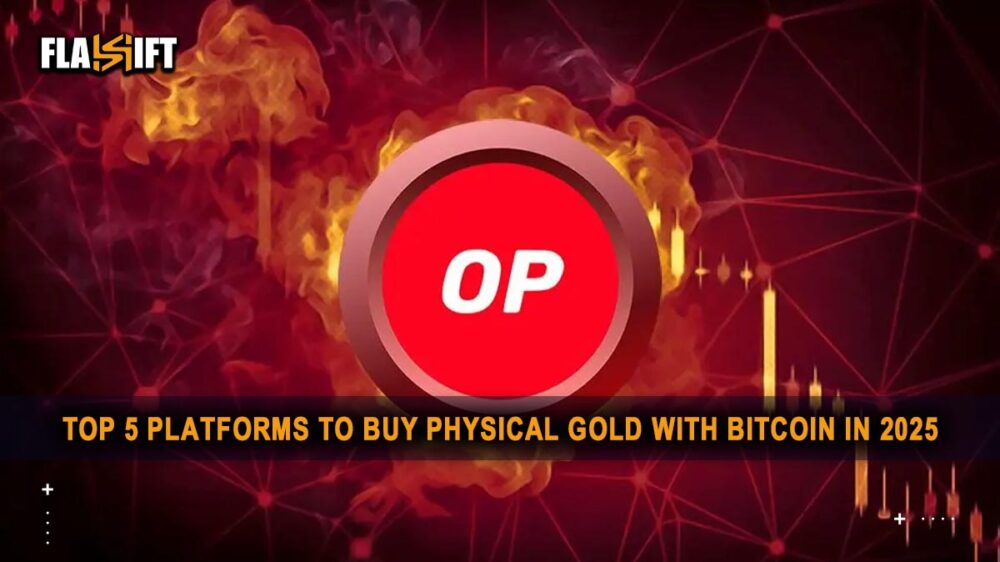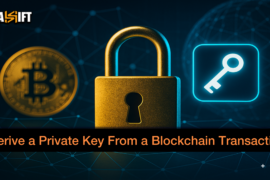Optimism Explained | Ethereum is increasingly challenged by high gas fees and slow transaction times as it evolves to better compete with other networks. Overcoming the constraints of scalability is critical for Ethereum’s future and the future of cryptocurrency. Now enter Optimism, a Layer 2 scaling solution that enables Ethereum to be faster, cheaper, and more accessible without sacrificing security.
In this article, we’ll break down the mechanics of Optimism, its importance, and how Optimism is enabling Ethereum to move down the path of mass adoption.
What Is Optimism and Why Does It Matter
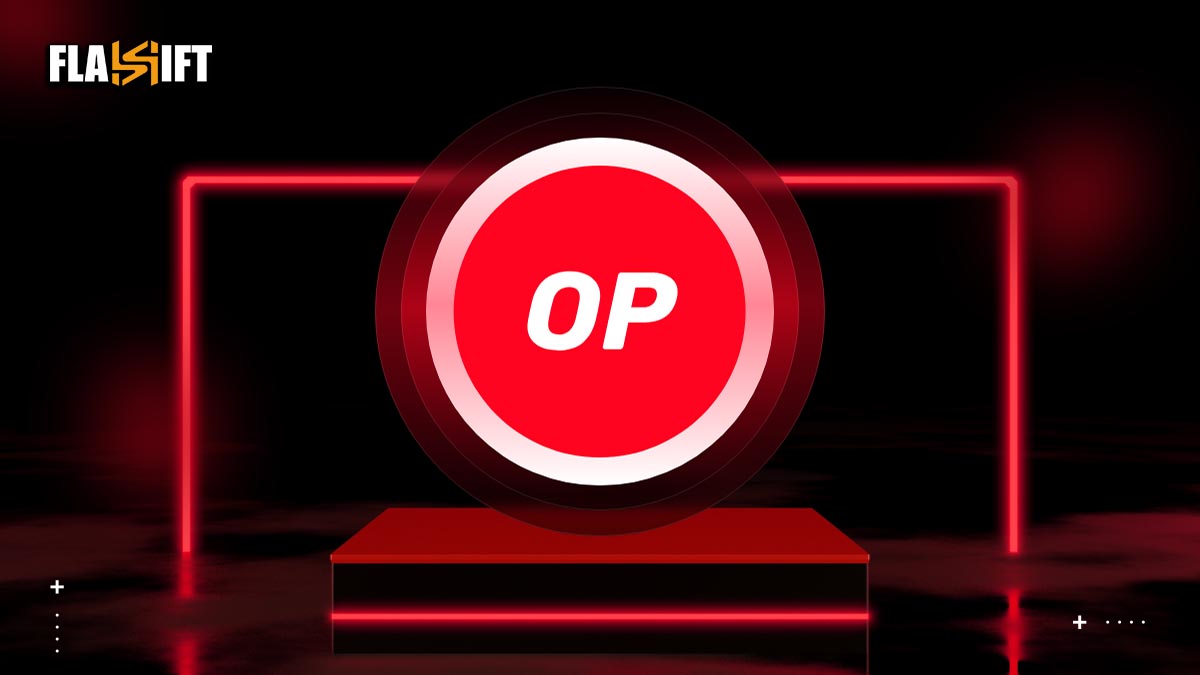
Optimism is a Layer 2 scaling solution for Ethereum created to scale Ethereum in speed and cost efficiency. Optimism is created using a technology called Optimistic Rollups and allows transactions to be executed off of the main Ethereum chain (Layer 1) while inheriting all of the security and decentralized nature that Ethereum provides. This provides a massive boost to scalability while keeping the true purpose and ideals of the Ethereum ecosystem healthy.
If you are unaware of why Optimism matters, we can take a look at two issues that Ethereum has struggled with since its inception: high gas fees and slow, inefficient transactions. By outsourcing (for lack of a better term) almost all computational work off-chain with Optimism, this Layer 2 scale solution will allow Ethereum to process thousands of transactions per second and at a fraction of the cost it would use with Layer 1. Optimism is a perfect solution because decentralized applications (dApps), DeFi protocols, and NFT platforms will require the ability to process transactions that are cheaper and faster in order to grow.
Additionally, Optimism is built to be fully compatible with all existing Ethereum tooling and smart contracts, which will make it incredibly simple for developers to migrate their state channels, dApps, and ERCs. Optimism will also be an incredible user experience, and with the interconnectivity features also compatible with wallets like MetaMask, anyone could be in and out of Optimism effortlessly.
Optimism will enable Ethereum to follow the long-term visions for an efficient and scalable blockchain ecosystem, while also introducing new technologies and solutions that can enhance mass adoption of Web3.
How Optimism Works on Top of Ethereum
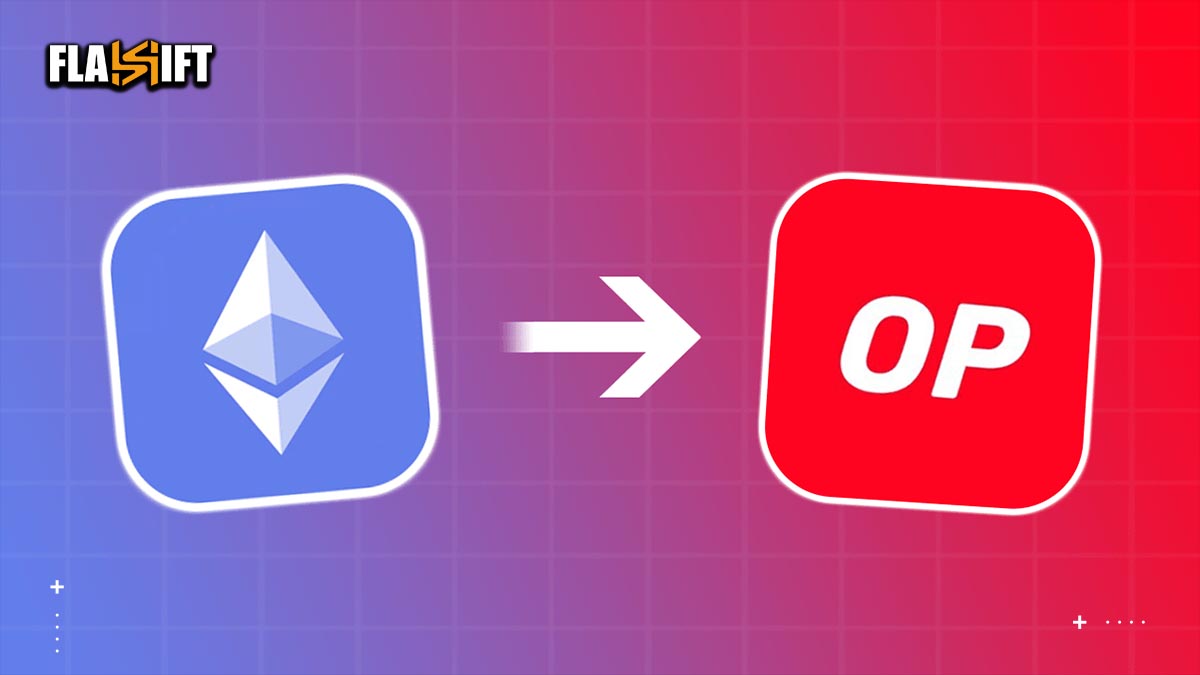
To understand how Optimism works, it’s important to first recognize the distinction between Layer 1 and Layer 2:
- Layer 1 (Ethereum Mainnet) is the base blockchain responsible for executing smart contracts and storing data securely, but it has limited throughput.
- Layer 2 (Optimism) sits on top of Ethereum and offloads computation and transaction processing, reducing congestion on the main chain.
The Role of Optimistic Rollups
Optimism bundles or “rolls up” hundreds of transactions into a single batch and then posts this batch to Ethereum’s mainnet. This process drastically reduces the amount of data processed on Layer 1 while maintaining Ethereum’s security.
It’s called “optimistic” because the system assumes all transactions are valid by default. However, there’s a built-in dispute mechanism. If anyone believes a fraudulent transaction has occurred, they can challenge it within a seven-day challenge window. If fraud is proven, the invalid transaction is rolled back, and the dishonest party is penalized.
Key Components of How Optimism Works
- Sequencer
Optimism uses a centralized sequencer (for now) to order transactions and provide fast confirmations. The sequencer instantly confirms transactions and periodically submits rollup batches to Ethereum for final settlement. While centralized, it’s a temporary trade-off for speed and user experience. - Batch Submission
Every so often, the sequencer packages multiple transactions into a single compressed proof and sends it to the Ethereum mainnet. This batch submission is cheaper and more scalable than individual transactions on Layer 1. - Fraud Proofs
Optimism’s security relies on fraud proofs. If someone suspects a transaction is invalid, they can initiate a fraud proof. The system re-runs the transaction to verify it. If fraud is detected, the invalid transaction is rejected, and the malicious actor loses their bond. - Smart Contract Compatibility
Optimism supports the Ethereum Virtual Machine (EVM), meaning developers can deploy existing Ethereum smart contracts on Optimism with minimal to no changes. This lowers the barrier to adoption and accelerates migration. - Bridges
Users can move assets (ETH, ERC-20 tokens, NFTs) between Ethereum and Optimism using cross-chain bridges. Deposits to Optimism are fast, while withdrawals take longer (up to 7 days) due to the fraud challenge period.
Benefits of Optimism’s Architecture
Scalability: By offloading transactions to Layer 2, Optimism can handle thousands of transactions per second (TPS).
Lower Gas Fees: Users often experience up to 90% reduction in gas costs compared to using Ethereum directly.
Security: Optimism inherits Ethereum’s Layer 1 security through its fraud-proof mechanism.
Developer-Friendly: Full EVM compatibility makes it easy for Ethereum developers to build on Optimism without learning new tools or languages.
Optimism leverages Optimistic Rollups to provide a scalable, cost-effective, and secure experience for Ethereum users and developers. It’s a critical part of Ethereum’s roadmap toward mass adoption and plays a central role in the ecosystem’s push to onboard millions of users without overloading the base layer.
Optimism vs Arbitrum: Key Differences
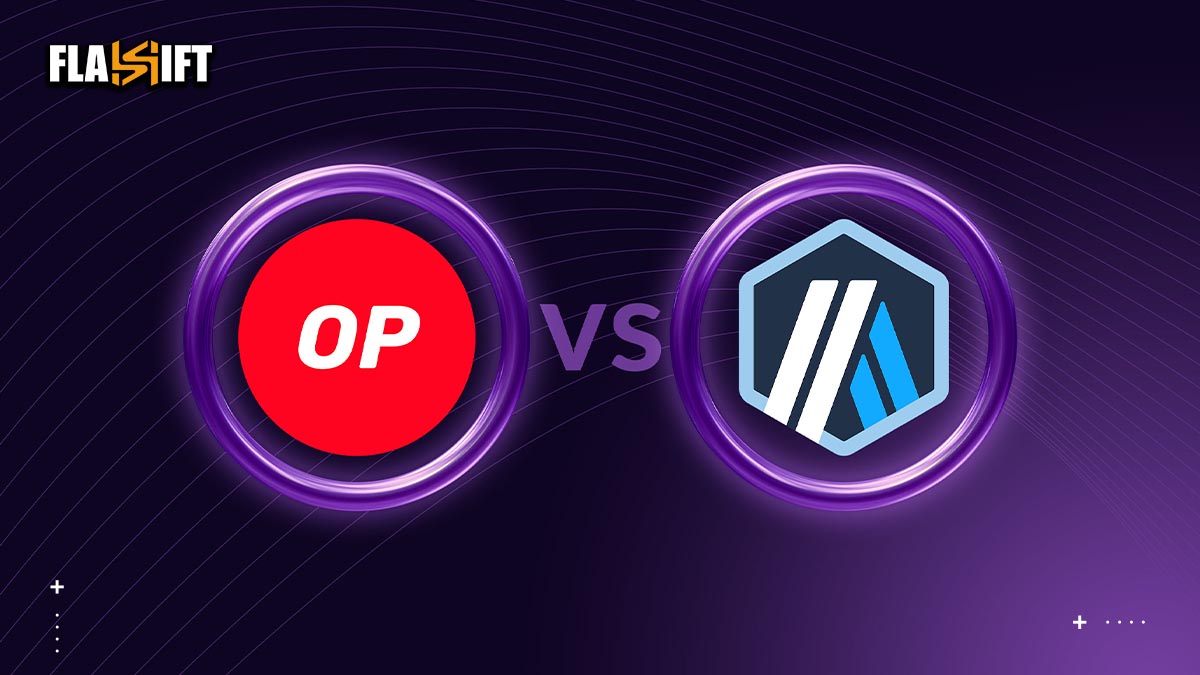
Optimism and Arbitrum are two of the most prominent Layer 2 scaling solutions for Ethereum, both using Optimistic Rollup technology to reduce gas fees and improve transaction speed. However, despite their shared goals, they differ in architecture, performance, decentralization strategy, and developer experience. Below is a breakdown of their key differences:
1. Technology and Architecture
- Optimism
Uses a simpler, more direct implementation of Optimistic Rollups, relying on a single-round fraud proof system written in Solidity (the same language as Ethereum smart contracts). This makes it easier for developers but less flexible in certain dispute scenarios. - Arbitrum
Uses a more complex, multi-round interactive fraud proof system with its own custom virtual machine called the Arbitrum Virtual Machine (AVM). It offers more flexibility and scalability but can be more challenging for developers to interact with at the low level.
2. Fraud Proof Mechanism
- Optimism:
Implements one-round fraud proofs, meaning disputes are resolved with a single challenge round. This reduces resolution time but is currently centralized as fraud proofs are not yet fully operational on mainnet. - Arbitrum:
Employs multi-round interactive fraud proofs, allowing more granular verification of specific segments of a transaction, which makes it harder for malicious actors to game the system.
3. EVM Compatibility
- Optimism:
Offers near-native EVM equivalence, meaning smart contracts can be deployed on Optimism with almost no changes. This streamlines development and migration for Ethereum dApps. - Arbitrum:
Uses a custom compiler to translate EVM bytecode into AVM-compatible code. It’s EVM-compatible but not equivalent, so developers might need minor modifications or tooling adjustments.
4. Decentralization & Governance
- Optimism:
Operated by the Optimism Foundation, and plans to move toward decentralization via the Optimism Collective, a token-governed ecosystem. However, many core operations are still centralized. - Arbitrum:
Governed by the Arbitrum DAO, which is already fully on-chain and community-driven through the ARB token. Arbitrum has taken a more decentralized approach from the start.
5. Performance and User Adoption
- Optimism:
Known for faster integration with Ethereum tools and rapid dApp deployment, including Uniswap, Synthetix, and others. Often has lower latency due to a simple architecture. - Arbitrum:
Tends to handle higher throughput and lower costs, especially under heavy network usage. Hosts major dApps like GMX and Treasure and generally leads in total value locked (TVL) among Layer 2s.
6. Token and Ecosystem Incentives
- Optimism (OP Token):
Launched with an airdrop and governed by the Optimism Collective, which funds public goods and ecosystem development. - Arbitrum (ARB Token):
Also launched with an airdrop and DAO governance. ARB token holders vote on proposals and have more direct control over protocol upgrades and treasury.
Summary Table: Optimism vs Arbitrum
| Feature | Optimism | Arbitrum |
| Rollup Type | Optimistic Rollup | Optimistic Rollup |
| Fraud Proofs | Single-round | Multi-round interactive |
| EVM Support | EVM-equivalent | EVM-compatible |
| Governance | Optimism Foundation & Collective | Fully on-chain via Arbitrum DAO |
| Decentralization | In progress | More decentralized |
| Performance | Fast execution | High throughput, low fees |
| Token | OP | ARB |
Final Verdict
Both Optimism and Arbitrum offer powerful Layer 2 solutions, but they cater to slightly different needs. Optimism is ideal for rapid deployment and developer simplicity, while Arbitrum offers greater decentralization and flexibility for more complex applications. Depending on your project’s priorities—speed, decentralization, fees, or developer tools—either platform could be the right fit.
How to Bridge Assets to Optimism

Bridging assets to Optimism allows users to enjoy faster and cheaper Ethereum transactions by moving their funds from Layer 1 Ethereum to the Optimism Layer 2 network. Whether you’re sending ETH, ERC-20 tokens, or using dApps on Optimism, this guide will walk you through the safest and most effective way to bridge your assets.
Step-by-Step Guide to Bridge Assets to Optimism
1. Get an Ethereum-Compatible Wallet
To begin, you’ll need a wallet like:
- MetaMask
- Coinbase Wallet
- Trust Wallet
Ensure your wallet is funded with ETH on the Ethereum mainnet to pay for the gas fees during the bridging process.
2. Go to the Official Optimism Bridge
Visit the official Optimism Gateway:
https://app.optimism.io/bridge
This is the most secure and direct way to bridge ETH and other supported assets to Optimism.
3. Connect Your Wallet
Click “Connect Wallet” and authorize the connection to your MetaMask or chosen wallet. Make sure your network is set to Ethereum Mainnet.
4. Select the Asset to Bridge
- Choose the token you want to send (e.g., ETH, USDC, DAI, etc.).
- Enter the amount.
- Double-check the destination network is Optimism.
5. Approve and Confirm the Transaction
- For ERC-20 tokens, you’ll first need to approve the token.
- Then click Deposit and confirm the transaction in your wallet.
- You’ll pay a gas fee on Ethereum for this transaction.
Transaction Time: Usually takes 5–20 minutes, depending on network congestion.
6. Switch Network to Optimism
Once your transaction is confirmed, switch your wallet network to Optimism. You can add the Optimism network manually or through a prompt in MetaMask:
Network Name: OptimismRPC URL: https://mainnet.optimism.ioChain ID: 10Currency Symbol: ETH
7. Start Using Optimism dApps
Your bridged assets will appear in your wallet on the Optimism network. You can now:
- Trade on Uniswap (Optimism)
- Use DeFi protocols like Velodrome, Aave, and Synthetix
- Mint NFTs or use gaming apps on L2
Important Notes
- Withdrawals from Optimism to Ethereum can take up to 7 days due to the fraud-proof challenge period.
- Use third-party bridges (like Hop, Synapse, Across) if you want faster withdrawals or to bridge non-standard assets.
- Always use official or audited bridging tools to avoid scams.
Third-Party Bridges to Optimism (Optional Alternatives)
| Bridge | Features |
| Hop Protocol | Fast bridging between L2s (Arbitrum ↔ Optimism) |
| Across Protocol | Low-cost, near-instant bridging |
| Synapse | Multi-chain support with stablecoins |
Popular Projects Built on Optimism

1. Uniswap | Decentralized Exchange (DEX)
Uniswap, one of Ethereum’s most popular decentralized exchanges, launched on Optimism to offer faster trades and lower gas fees. It retains all the core features of the Ethereum version but is far more affordable for frequent traders. With Optimism, users can swap tokens instantly without paying high Layer 1 costs.
2. Synthetix | Derivatives & Synthetic Assets
Synthetix enables the creation and trading of synthetic assets (like synthetic USD, gold, or even stocks). It chose Optimism to handle its high-volume transactions, allowing users to mint and trade synthetics at a fraction of the gas cost compared to Ethereum mainnet.
3. Velodrome | AMM & DeFi Hub
Velodrome is a next-gen automated market maker (AMM) and liquidity layer specifically built for the Optimism ecosystem. It combines liquidity provision, token incentives, and governance, making it a central player in Optimism’s DeFi stack. Many protocols rely on Velodrome for liquidity.
4. Aave | Lending & Borrowing Protocol
Aave, a top DeFi lending platform, deployed on Optimism to give users cheaper borrowing and lending opportunities. Users can lend ETH or stablecoins and earn interest, or borrow assets using collateral, all with much lower fees and faster interactions compared to Layer
5. Quix (formerly Quixotic) | NFT Marketplace
Quix is the leading NFT marketplace on Optimism, similar to OpenSea but optimized for fast, low-cost NFT trading. It supports NFT minting, trading, and collections built specifically for the Optimism community. Ideal for creators and collectors who want to avoid high Ethereum gas fees.
Conclusion
Optimism is a leading Layer 2 scaling solution for Ethereum, offering faster, cheaper transactions while preserving Ethereum’s security through Optimistic Rollups. It’s especially developer-friendly thanks to its EVM equivalence, making app deployment fast and simple.
Compared to Arbitrum, which offers deeper customization and more mature governance via its DAO, Optimism focuses on simplicity and rapid adoption. In short:
- Use Optimism for quick, low-cost, Ethereum-native development.
- Choose Arbitrum for advanced control and decentralized governance.
Both are key to Ethereum’s scalability. Pick the one that fits your project goals.
FAQ
- Can smart contracts on Ethereum be copied directly to Optimism?
Yes. Thanks to EVM equivalence, most Ethereum contracts can be deployed on Optimism with little to no modification.
- Does Optimism reduce Ethereum’s security by moving assets to Layer 2?
No. Optimism inherits Ethereum’s security model and posts transaction data to Layer 1, ensuring strong security guarantees.
- Why are withdrawals from Optimism to Ethereum slow?
Optimism uses a 7-day fraud-proof window to ensure transaction validity. This delay secures the system against fraudulent activity.
- How does Optimism fund ecosystem development?
Optimism uses the OP token and a governance system called the Optimism Collective to support public goods and fund builders.
- Is there a risk of centralization in Optimism right now?
Yes, partially. While decentralization is a long-term goal, some key components like fraud proofs are still centrally controlled today.


